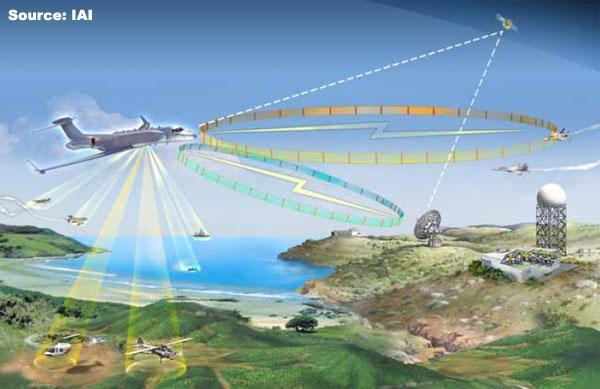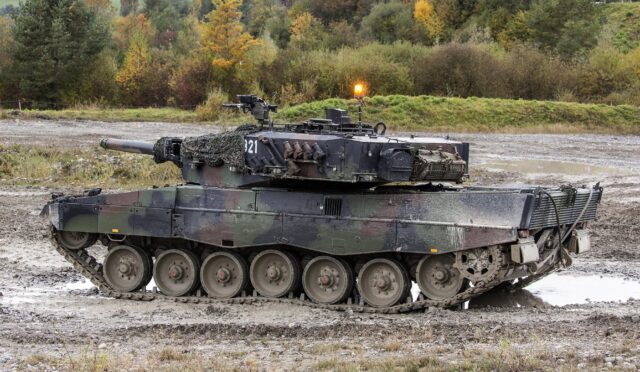Airborne Early Warning Solutions for UK Navy
The UK Ministry of Defence (MoD) is currently investigating future airborne early warning solutions designed to operate from the Royal Navy’s two Queen Elizabeth-class aircraft carriers. This initiative aims to enhance the capabilities of the navy’s carrier strike groups, which consist of the aircraft carrier itself, along with support vessels, escort frigates, and additional destroyers. The MoD has specified that these systems should offer continuous 24-hour surveillance and an adequate warning system to detect both aerial and surface threats, including anti-ship guided weapons and strike aircraft.
As part of this evolution in naval technology, the Royal Navy’s current Crowsnest airborne surveillance and control system—which is installed on Merlin helicopters—is scheduled for retirement by the end of 2029. This timeline follows just five years after the system achieved full operational capability, highlighting the MoD’s commitment to maintaining cutting-edge defense measures.
Potential Platforms for Future Systems
At this stage, the platform for the future airborne early warning system has not been finalized. However, there are indications that an unmanned aerial vehicle (UAV), such as the General Atomics MQ-1C Mojave, which is designed for short takeoff and landing (STOL), could be a viable option. This UAV was successfully tested aboard the aircraft carrier HMS Prince of Wales in 2023, marking significant progress in the exploration of unmanned systems.
Additionally, General Atomics has announced plans for developing an STOL-capable MQ-9B UAS, which could also play a crucial role in the future airborne early warning system. These unmanned aircraft would be able to provide a more extensive radar horizon than traditional helicopters, thanks to their ability to operate at higher altitudes, thereby enhancing overall situational awareness.
Challenges with Current Capabilities
One notable limitation of the British aircraft carriers is their inability to utilize CATOBAR (catapult-assisted take-off and arrested recovery) systems. This restriction prevents them from launching and recovering larger manned and unmanned aircraft, resulting in the absence of conventional Airborne Early Warning and Control (AWACS) systems like the E-2 Hawkeye. As it stands, each carrier has the capacity to operate a maximum of 36 F-35Bs, which are designed for short take-off and vertical landing (STOVL).
Looking ahead, the Royal Navy plans to transition from the current STOVL capabilities to operate under a model of short takeoff but arrested recovery (STOBAR), and ultimately to CATOBAR systems. This strategic shift is embodied in the Future Maritime Aviation Force concept, which envisions a more versatile and formidable naval aviation capability.
Market Research and Contract Timeline
In line with these advancements, the MoD has issued a request for information regarding the skills, technologies, and products available in the market that could assist in developing the Carrier Strike Airborne Early Warning System. The MoD’s goal is to mitigate risks associated with this development, ensuring a robust system for future operations.
The deadline for responses to this request is May 6, with a follow-up tender anticipated by January 1, 2026. The MoD expects to award the contract by January 2027, with completion anticipated by May 2032. Financial projections indicate that the contract could range in value between £500 million and £1.5 billion ($654 million to $1.93 billion), highlighting the significant investment the UK is willing to make in its naval aviation capabilities.







